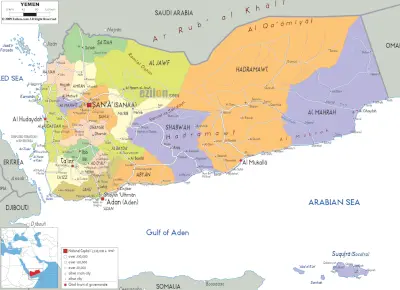nuts Prices in Yemen
Yemen is located in southwest Asia and south of the Arabian Peninsula, the capital of which is the beautiful city of Sanaa. Asia is one of the largest producers of almonds in the world. Trade balances in Yemen are about 14% higher than before, and growth in this area is considered acceptable. Iran is one of the largest walnut producers in West Asia. Britain conquered Yemen in 1943 but gained independence in 1967. The present-day Republic of Yemen was established in 1990 in Yemen. The United States is a large market for peanut products
Add your import and export orders to this list
Warning: Undefined variable $formTitle in /home/anbar/domains/anbar.asia/anbar/inc/html/desktop/orderform.php on line 10
Warning: Undefined variable $marketName in /home/anbar/domains/anbar.asia/anbar/inc/html/desktop/orderform.php on line 12
Warning: Undefined variable $location in /home/anbar/domains/anbar.asia/anbar/inc/html/desktop/orderform.php on line 12
If you want to trade in the , please join in Anbar Asia. Your order will be shown here, so the traders of contact you

Estimates show that the revenue situation in Yemen in 2019 grew by about 12 percent. Iran is one of the largest producers of almonds in the Middle East. Sanaa is one of the most important cities in Yemen, which has grown a lot in terms of work as beautiful city in the field of tourism. Iran supplies more than 70% of the world production of pistachios and is the largest producer and exporter of this product. The people of Yemen have no interest in extravagance, and this can be seen in all the cities of Yemen. The flag of Yemen is tied to the history of this country. Due to the increased attention to health and nutrition in Asia, the demand for hazelnuts has increased significantly
- Yemen snacks Market
- Yemen Canned foods Market
- Yemen meat Market
- Yemen Groceries Market
- Yemen spices Market
- Yemen drinks Market
- Yemen nuts Market
- Yemen dairy Market
- Yemen jam and honey Market
- Yemen Herbal distillate Market
- Yemen Tea and coffee Market
- Yemen pickles Market

Yemen has several climates. Western Yemen benefits from monsoon rains, which fall mainly in late spring and at the end of summer. Most of the rain falls in the mountains, with an annual maximum of a 1,000 millimetres in the southern mountains, decreasing gradually to an average of 400 millimetres in the northern mountains.
Read More ...
